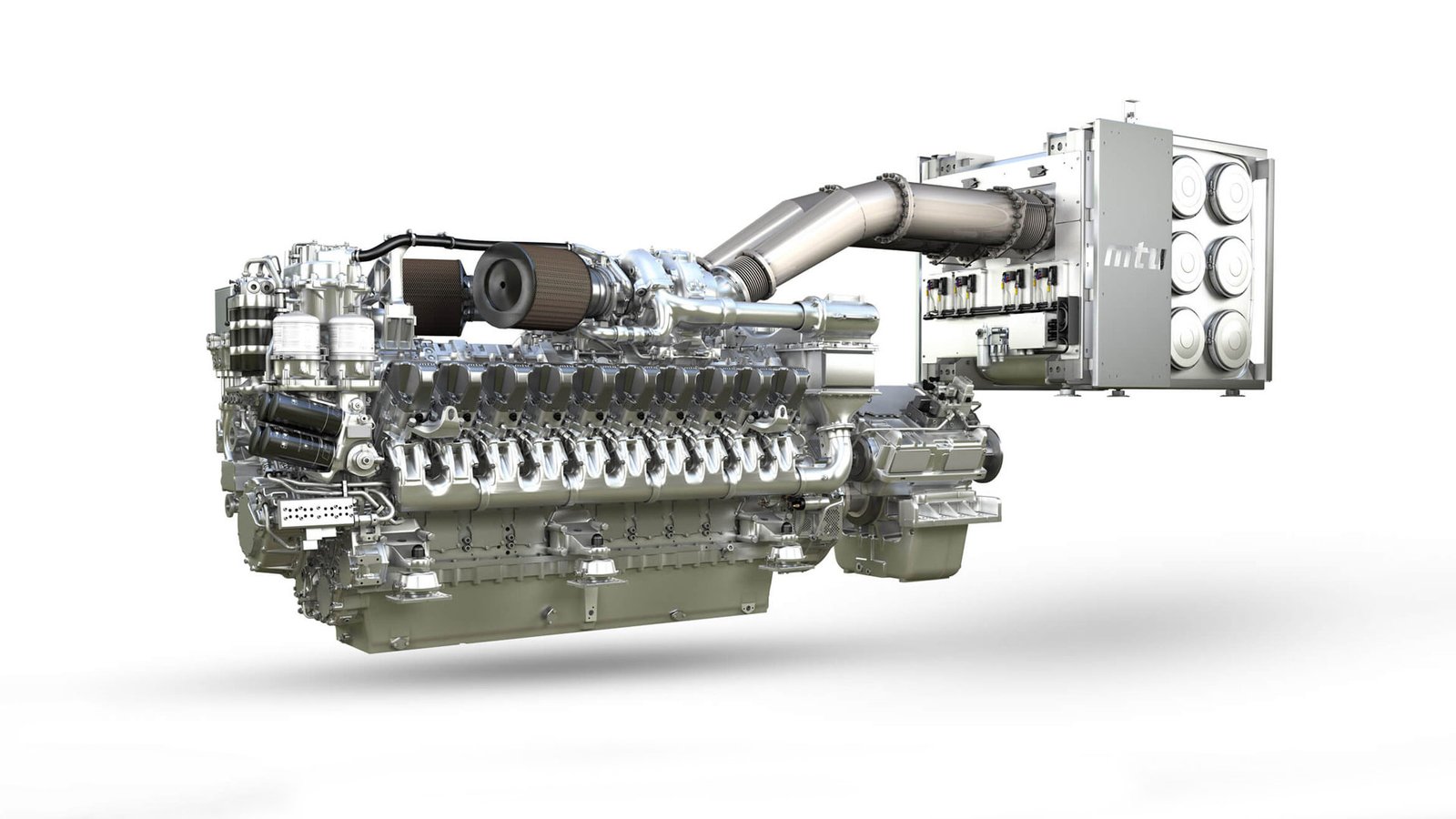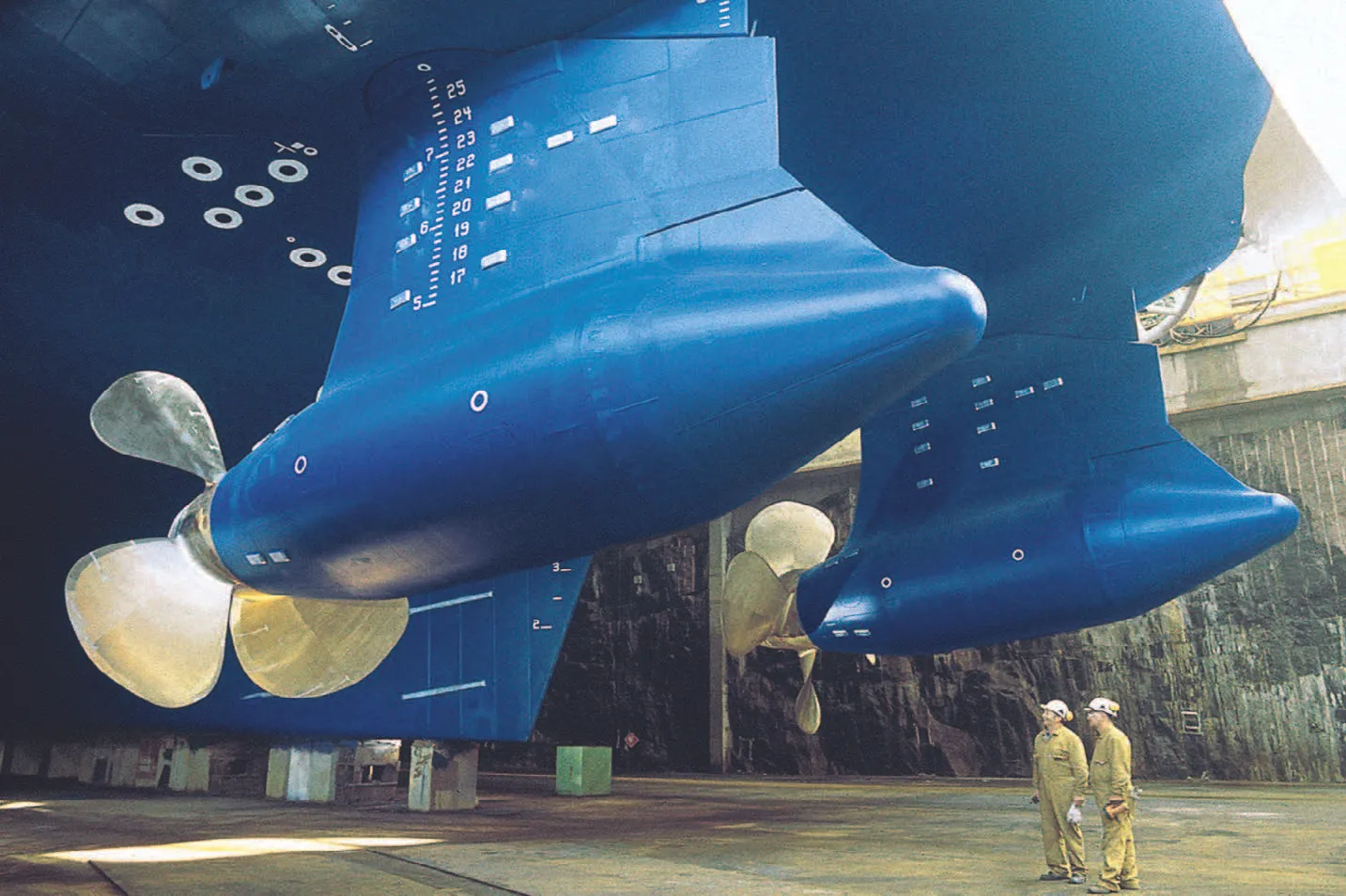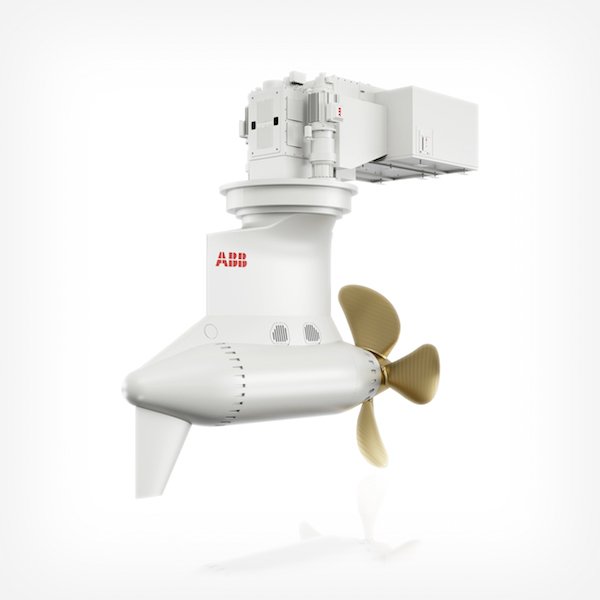
- Introduction
- Engine Classifications and Speeds
- 2.1 Slow Speed Engines
- 2.2 Medium Speed Engines
- 2.3 High Speed Engines
- Uses in the Maritime Industry
- 3.1 Slow Speed Engines
- 3.2 Medium Speed Engines
- 3.3 High Speed Engines
- Leading Manufacturers and Engine Models
- 4.1 Slow Speed Engines
- 4.2 Medium Speed Engines
- 4.3 High Speed Engines
- Major Components and Their Uses
- 5.1 Cylinder Block
- 5.2 Crankshaft
- 5.3 Pistons
- 5.4 Connecting Rods
- 5.5 Fuel Injection System
- 5.6 Turbocharger
- 5.7 Exhaust System
- Conclusion
1. Introduction
In the maritime industry, engines are classified based on their operating speeds, which affects their applications and efficiency. Understanding the differences between slow speed, medium speed, and high speed engines is essential for selecting the appropriate power plant for various types of vessels.
2. Engine Classifications and Speeds
2.1 Slow Speed Engines
- Speed Range: Below 300 RPM
- Characteristics: Typically two-stroke engines, high torque, lower rotational speeds.
- Applications: Primarily used in large ocean-going vessels due to their fuel efficiency and ability to burn lower quality fuel.
2.2 Medium Speed Engines
- Speed Range: 300 – 900 RPM
- Characteristics: Usually four-stroke engines, balance between power and efficiency, lower vibration levels.
- Applications: Used in smaller cargo ships, ferries, and some offshore vessels.
2.3 High Speed Engines
- Speed Range: Above 900 RPM
- Characteristics: Generally four-stroke engines, high power-to-weight ratio, less fuel-efficient but capable of rapid acceleration.
- Applications: Applied in smaller vessels such as patrol boats, fast ferries, and luxury yachts.
3. Uses in the Maritime Industry
3.1 Slow Speed Engines
- Uses: Ideal for large container ships, bulk carriers, and tankers.
- Advantages: High efficiency, ability to use cheaper fuels, longevity.
3.2 Medium Speed Engines
- Uses: Employed in ferries, medium-sized cargo ships, and offshore support vessels.
- Advantages: Good balance of efficiency and power, lower maintenance costs compared to slow speed engines.
3.3 High Speed Engines
- Uses: Suitable for fast ferries, military vessels, and smaller commercial boats.
- Advantages: Quick acceleration, lightweight, compact size.
4. Leading Manufacturers and Engine Models
4.1 Slow Speed Engines
- Manufacturers: MAN Energy Solutions, Wärtsilä
- Examples:
- MAN B&W ME-C Series
- Wärtsilä RT-flex96C
4.2 Medium Speed Engines
- Manufacturers: Caterpillar, Rolls-Royce, Wärtsilä
- Examples:
- Caterpillar MaK M43C
- Rolls-Royce Bergen B33:45
- Wärtsilä 32
4.3 High Speed Engines
- Manufacturers: MTU (a Rolls-Royce brand), Cummins, Caterpillar
- Examples:
- MTU Series 4000
- Cummins QSK60
- Caterpillar C32
5. Major Components and Their Uses
5.1 Cylinder Block
- Use: Houses the cylinders and other engine components.
- Significance: Provides structural integrity and alignment for moving parts.
5.2 Crankshaft
- Use: Converts reciprocating motion of pistons into rotational motion.
- Significance: Essential for delivering power to the propeller shaft.
5.3 Pistons
- Use: Transmit the force from combustion to the crankshaft.
- Significance: Critical for generating power within the engine.
5.4 Connecting Rods
- Use: Connect pistons to the crankshaft.
- Significance: Transfers motion and force between pistons and crankshaft.
5.5 Fuel Injection System
- Use: Delivers fuel into the combustion chamber.
- Significance: Ensures efficient and precise fuel delivery for optimal combustion.
5.6 Turbocharger
- Use: Increases engine power by forcing more air into the combustion chamber.
- Significance: Enhances engine efficiency and performance.
5.7 Exhaust System
- Use: Removes exhaust gases from the engine.
- Significance: Maintains engine performance and reduces emissions.
6. Conclusion
Understanding the classifications, applications, and components of slow, medium, and high speed engines is crucial for selecting the right engine for maritime applications. Leading manufacturers offer various models suited for different needs, ensuring efficiency, power, and reliability in maritime operations.



